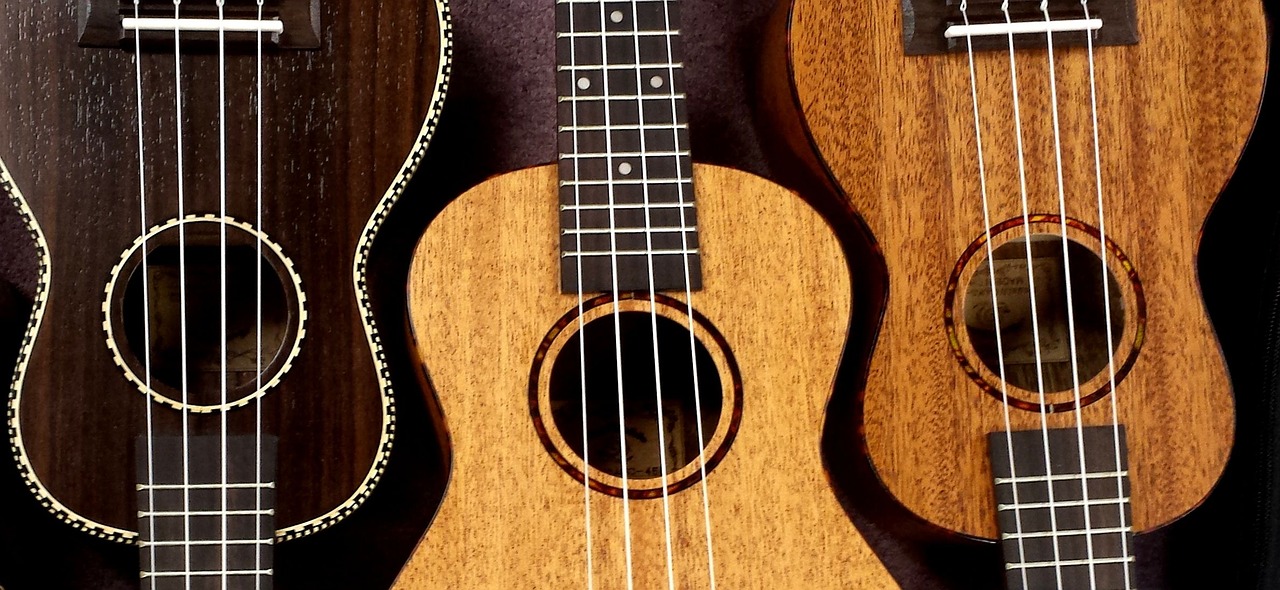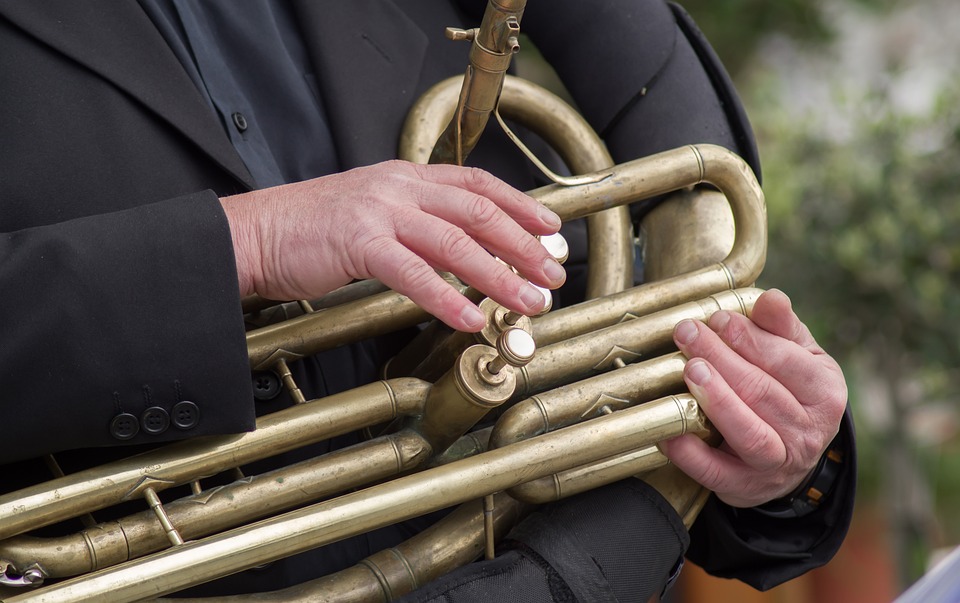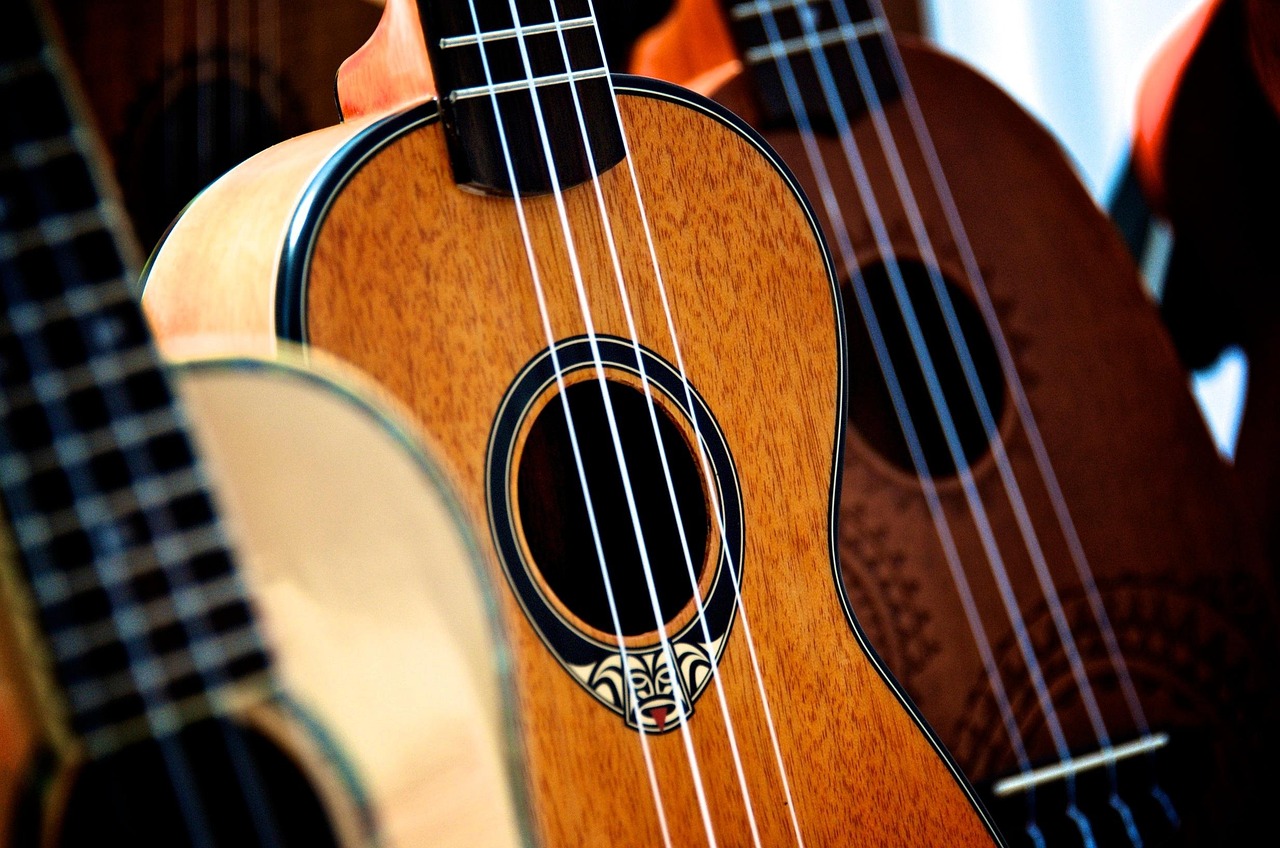How to Play Piano in 10 Easy Steps
Janvi Arora
- 23 August, 2024
- 10 min read

Table of Contents
Are you eager to learn how to play piano but unsure where to start? Whether you’re a beginner or someone with minimal experience, this guide will give you ten easy steps to mastering the piano. By following these ten steps in sequence, you’ll gradually build your skills and confidence, making learning piano an enjoyable and rewarding experience. Let’s get started!
Step 1: Introduction to the Piano Keyboard Layout and Its Components
Before you start playing the piano, it’s crucial to grasp the layout of the keyboard and its corresponding components. Understanding the arrangement of the piano keyboard will help you navigate and identify notes effectively.
Black and White Keys: The piano keyboard consists of a combination of black and white keys. The white keys represent the natural notes (A, B, C, D, E, F, G), while the black keys represent the sharps and flats.
Octaves: Octaves are groups of eight notes on the piano keyboard. Each octave comprises seven white keys and five black keys in a sequence.
Middle C: Position yourself in the middle of your piano and locate the white key to the left of the two black keys in the middle of the keyboard. This middle C is a crucial reference point on the piano keyboard.

Step 2: How do you Play the Piano while Sitting Correctly at the Piano?
Proper posture and hand positioning are crucial for playing the piano effectively and avoiding strain or injury. In this step, we’ll learn how to sit correctly at the piano and position our hands on the keys.
Sitting Position:
Sit up Straight – Sit towards the front of the bench with your back straight.
Feet Flat on the Floor – Keep your feet flat, slightly apart.
Knees Under the Keyboard – Position your knees directly under the keyboard.
Hand Positioning:
Curved Fingers – Keep your fingers curved, as if holding a small ball.
Relaxed Hands – Keep your hands and fingers relaxed, avoiding tension.
Fingertip Placement – Use the tips of your fingers to press the keys, not the pads.
Thumb Position – Your thumbs should be placed slightly lower than your other fingers.
Hand Position – Position your hands so your fingers are perpendicular to the keys.
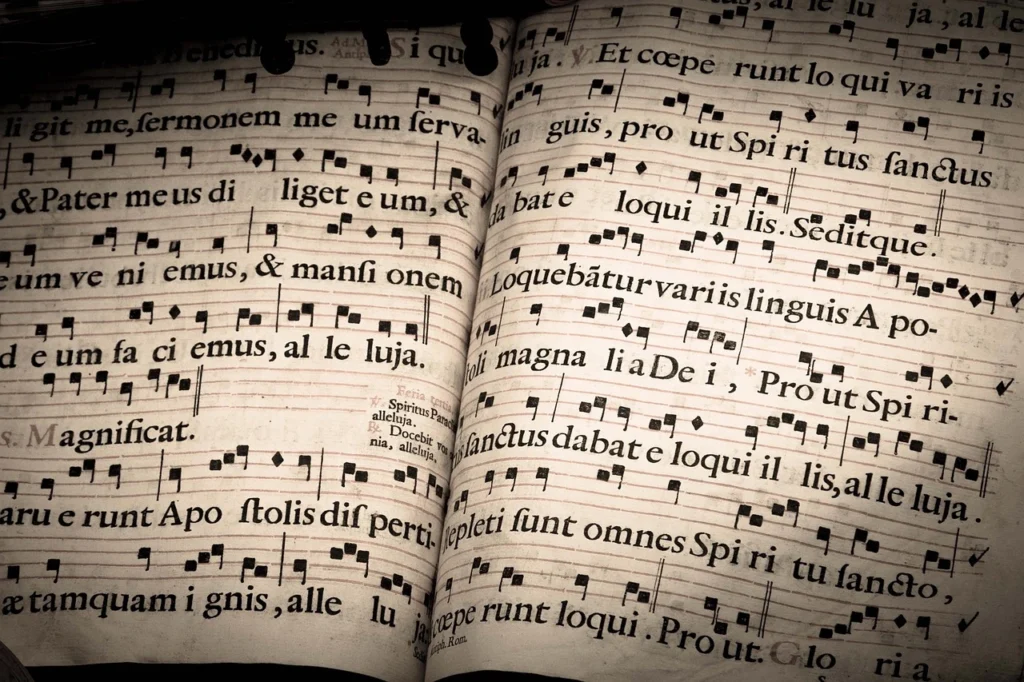
Step 3: How to Learn Piano Musical Notation?
Understanding musical notation is essential for reading and playing piano music effectively. Let’s try to understand note names, rhythms, time signatures, key signatures, and scales.
Note Names:
Treble Clef: The treble clef is for higher-pitch notes. The notes on the lines of the treble clef staff are E, G, B, D, and F (from bottom to top).
Bass Clef: The bass clef is for lower pitch. The notes on the lines of the bass clef staff are G, B, D, F, and A (from bottom to top).
Middle C: Middle C is on a ledger line between the treble and bass clef staff.
Rhythms:
Note Values: Different types of notes represent different durations. Common note values include whole, half, quarter, eighth, and sixteenth notes.
Rests: Rests indicate periods of silence and have values equivalent to their corresponding notes.
Time Signatures:
Top Number: Indicates the number of beats per measure.
Bottom Number: Indicates the type of note that receives one beat.
Key Signatures and Scales:
Key Signatures: Key signatures indicate which notes are sharp or flat throughout a piece of music.
Scales: Scales are sequences of notes in a specific pattern. Common scales include major scales, which follow a whole-whole-half-whole-whole-whole-half pattern.
Step 4: Learning the Notes and Keys of Piano
Memorising the names of the keys and their corresponding notes is essential for playing the piano effectively. In this step, we’ll explore tips to help you memorise the keys and notes on the piano keyboard.
Tips for Memorising Keys and Notes:
Start with Middle C: Identify Middle C on the keyboard as your reference point.
Use Mnemonics: Create mnemonic devices to remember the sequence of notes. For example:
For the treble clef: ‘Every Good Boy Does Fine’ (E, G, B, D, F)
For the bass clef: ‘Good Boys Do Fine Always’ (G, B, D, F, A)
Practice with Flashcards: Create flashcards with the names of the notes and their corresponding keys. Practice regularly to reinforce your memory.
Learn Landmarks: Identify the key landmarks on the keyboard, such as the groups of two and three black keys, which can help you find different notes.
Step 5: Mastering Basic Piano Techniques
By mastering the basic piano techniques one can become proficient at playing piano.
1. Finger Independence:
Practice exercises to improve finger independence.
Work on playing scales, arpeggios, and Hanon exercises.
Focus on keeping your fingers relaxed and moving independently of each other.
2. Hand Coordination:
Practice simple exercises with both hands playing the same notes simultaneously.
Gradually progress to more complex exercises where each hand plays different notes and rhythms.
Practice hands separately before attempting to play with both hands together.
3. Dynamics:
Dynamics refer to the volume of the sound. Practice playing piano (soft) and forte (loud) dynamics.
Experiment with different levels of volume and expression to add emotion to your playing.
Pay attention to the markings in the music indicating when to play louder or softer (e.g., p for piano, f for forte).
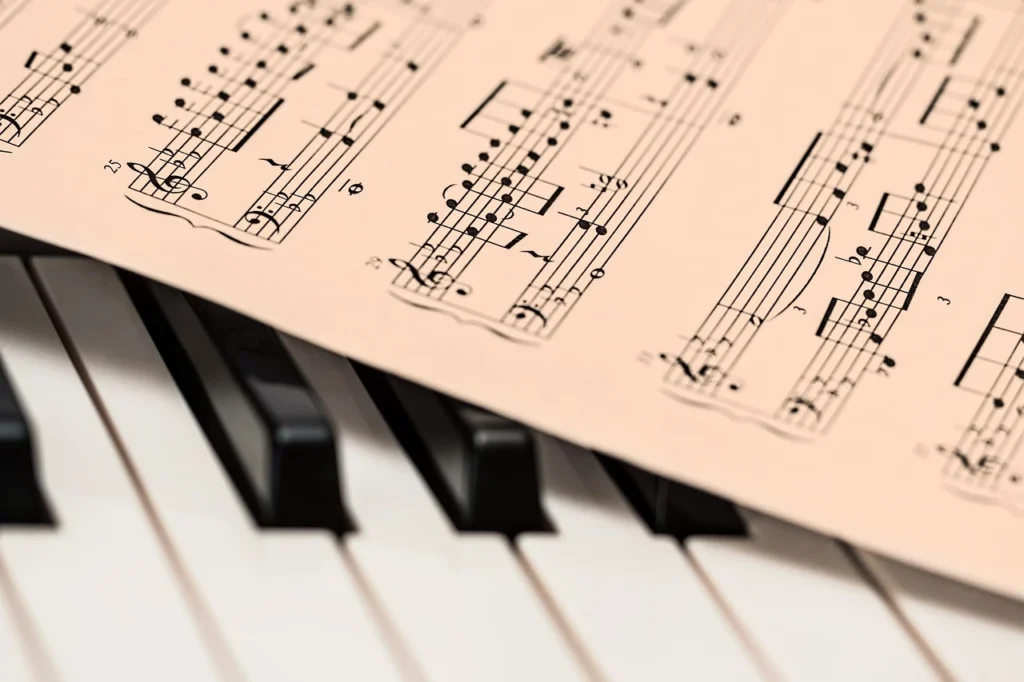
Step 6: Playing Melodies Using Single Notes and Basic Rhythms
Now that you’ve mastered basic piano techniques, it’s time to start playing melodies using single notes and basic rhythms. In this step, we’ll explore some easy songs and exercises to practice melody playing.
Easy Songs and Exercises:
“Mary Had a Little Lamb”:
This classic nursery rhyme is an excellent beginner’s melody.
Start by playing the melody with your right hand, using single notes.
Practice playing the melody slowly and gradually increase your speed.
“Twinkle, Twinkle, Little Star”:
Another simple and well-known melody that is perfect for beginners.
Practice playing the melody with both hands, focusing on hand coordination.
Simple Exercises:
Practice playing scales using single notes, focusing on smooth and even finger movements.
Experiment with rhythms, such as quarter, half, and whole notes.
Step 7: Learn How to Play Piano Chords and Piano Chord Progressions.
Understanding piano chords and chord progressions is essential for playing a wide variety of music on the piano. Let’s explore major and minor chords and basic chord inversions.
1. Major and Minor Chords:
Major Chords:
Consist of the root, major third, and perfect fifth intervals.
For example, the C major chord consists of the notes C, E, and G.
Minor Chords:
Consist of the root, minor third, and perfect fifth intervals.
For example, the A minor chord consists of the notes A, C, and E.
2. Basic Chord Inversions:
Root Position:
The root of the chord is the lowest note.
For example, the root position of the C major chord is C-E-G.
First Inversion:
The third of the chord is the lowest note.
For example, the first inversion of the C major chord is E-G-C.
Second Inversion:
The fifth of the chord is the lowest note.
For example, the second inversion of the C major chord is G-C-E.
3. Chord Progressions:
Common Chord Progressions:
I – IV – V – I: One of the most common chord progressions.
I – vi – IV – V: Another popular chord progression in many songs.
ii – V – I: Commonly used in jazz and popular music.
Step 8: Exploring Different Musical Styles of Playing Piano
Playing the piano opens up musical possibilities across various genres, including classical, jazz, pop, and blues.
1. Classical Piano: Classical piano focuses on precision, technique, and interpretation, featuring works by renowned composers like Bach, Mozart, Beethoven, and Chopin. It demands strong technical abilities, including finger dexterity and control, to perform complex melodies, arpeggios, and chords.
2. Jazz Piano: Jazz piano highlights improvisation, syncopation, and swing rhythm, with a repertoire spanning jazz standards, blues, and bebop. It demands a strong grasp of jazz harmony, including extended chords and voicings, and entails improvising melodies and solos over changing chords.
3. Pop Piano: Pop piano emphasises catchy melodies, simple chord progressions, and rhythmic patterns, featuring popular songs from different eras and contemporary hits. The playing style revolves around chords, arpeggios, and rhythmic accompaniment patterns, often complementing vocals or other instruments.
4. Blues Piano: Blues piano emphasises expressive playing, blues scales, and 12-bar chord progressions, encompassing traditional blues songs and modern blues-rock. Playing style demands comprehension of blues scales, chord voicings, and embellishments, with a relaxed feel and expressive touches like bends, slides, and trills.
Consider exploring the below links for hands-on guidance:
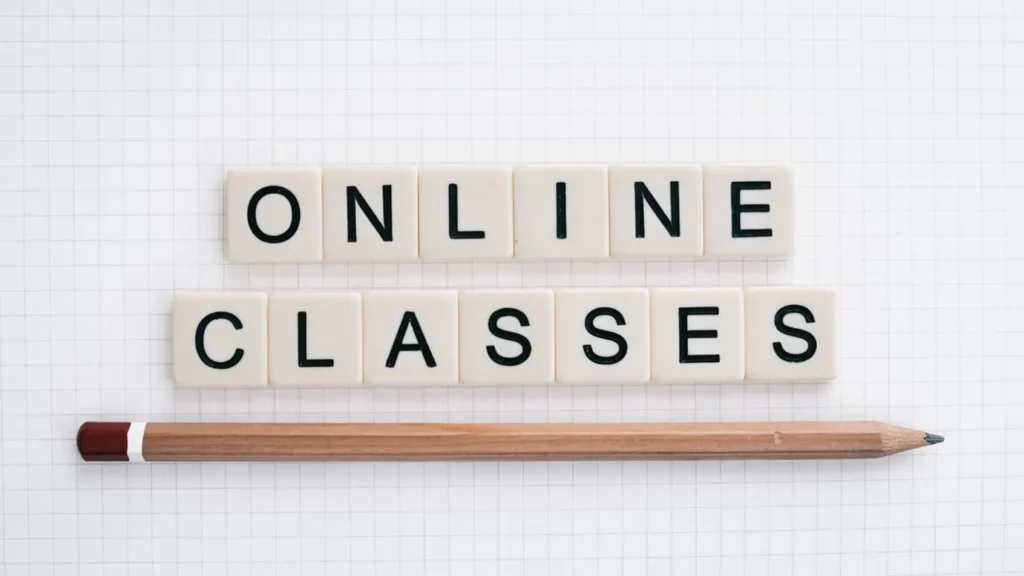
Step 9: Learn Piano Online
Learning piano online offers flexibility and convenience, allowing you to learn at your own pace and from the comfort of your home. If you can invest time in online research, consider exploring open sources. YouTube channels like PianoTV, HDpiano, and Skoove offer tutorials and lessons for different skill levels. However, if you are a serious learner and want to learn from experts, Check out Torrins.
Tips for Learning Piano Online:
Set Goals:
Define clear, achievable goals for your piano learning journey.
Break down your goals into smaller, manageable tasks.
Establish a Practice Routine:
Schedule regular practice sessions and stick to them.
Focus on consistency rather than the length of your practice sessions.
Use Multiple Resources:
Explore different online resources to find what works best for you.
Combine video tutorials, interactive lessons, and sheet music to enhance your learning experience.
Seek Feedback:
Record yourself playing and listen for areas of improvement.
Join online forums or communities to connect with other piano players and seek feedback.
Stay Motivated:
Celebrate your progress and achievements along the way.
Don’t get discouraged by setbacks or challenges—persistence is key!
Step 10: Setting Goals and Continuing Your Piano Journey
Setting achievable goals and keeping track of progress is crucial for learning piano effectively. Goals help you stay motivated and focused on improving your skills while tracking progress allows you to see how far you’ve come and what areas you need to work on. Setting specific goals gives your practice sessions direction and purpose, making them more productive. Regularly reviewing and adjusting your goals based on your progress helps you stay on track and keep improving.
Progress tracking, in turn, offers a reflective lens through which learners can discern their accomplishments and pinpoint areas necessitating further refinement. As they strive towards their objectives, they gain a deeper understanding of their strengths and weaknesses, enabling informed adjustments to their practice routines. Additionally, practising regularly and using apps or online resources can further support your learning process.
If you found this information useful, please share this blog with aspiring learners who have questions like, ‘How to play piano for beginners’, ‘How to learn piano for beginners’ or ‘How do you play a piano’.

